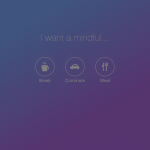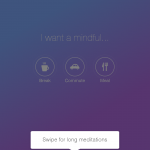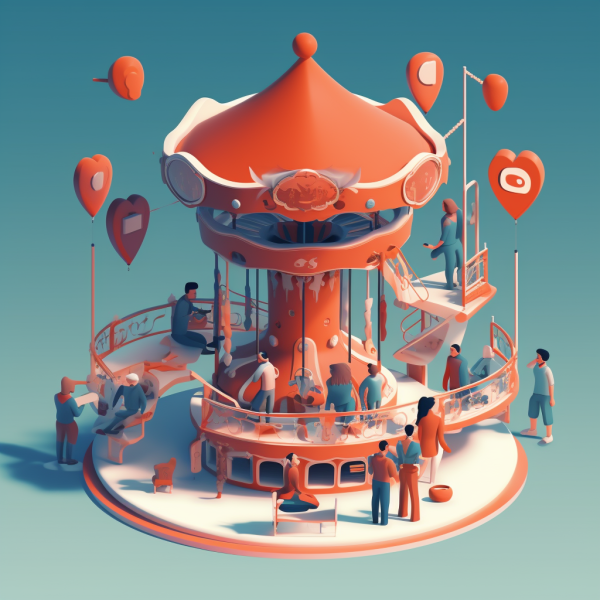I was listening to a podcast recently with the founder of Headspace a popular meditation App. I’d not used the App but many people I know have – what amazed me on the podcast was that it was mentioned their revenues exceed $100M – it appears that the sector is big business!
I downloaded a few apps and discovered there are several use-cases that need to be handled: Relaxation, Commuting, Sleeping, Quick Breaks, Focus etc.
Compare this to something like Uber where you just have one-job-to-be-done (JTBD) and that is get a ride. These meditation Apps have to connect with each user’s main reason for downloading the App and get them started on that – its a disparate set of uses.
Here is 2 examples:
This App (I think it was Calm – I downloaded a bunch!) makes this really simple and targeted on what they want to get users doing. The App points to all the important features to get me focussed on my job. The goal is to get me to the “aha” experience.
Brain.fm have a nice App and they take a carousel approach to introducing the user to the products main features. Their unique value is they use some magic underneath the music (presumably Binaural Beat” or “Isochronic tones”) to increase the impact on the meditator.
I like they way they hit that with “Music designed for your brain”. It would directly create continuity from the:
1. marketing phase, where the user decided to install the App
2. onboarding the phase, where the user decides to keep using the App.
Overall, the first App is more effective. Sure, its less pretty (the Brain.fm carousel looks great). But it has 2 downsides:
a) its not contextual
b) they force the user to signup.
These two factors create a barrier to get to “aha”!
Both Carousels and contextual Tips/Tours are available in the Contextual platform, so its really up to your team to choose which method to use.












